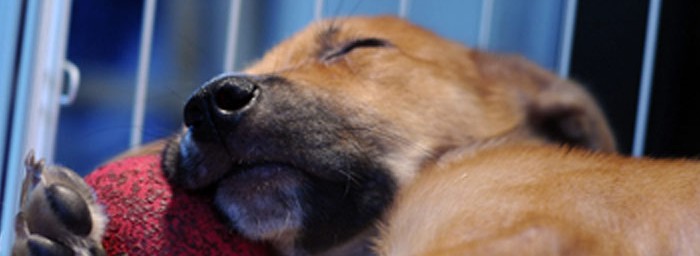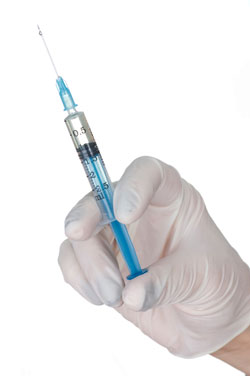Anesthesia and Patient Monitoring
Making sure our patients remain safe during surgery and other medical procedures is extremely important to us. Our veterinarian and veterinary technicians are skilled in using anesthesia and monitoring patients to ensure their safety and provide the most comfortable experience. Anesthesia and patient monitoring vary greatly from clinic to clinic. You can be confident that we use the most effective and up-to-date protocols. The type of anesthesia we use depends on the patient and type of procedure. Some require general anesthesia, while others may only call for local anesthesia. We closely monitor every procedure, regardless of whether it’s routine or more advanced. Our ICU (Intensive Care Unit)/ post operative recovery unit is used to help patients recover after anesthetic and surgical procedures, such as dentals, spays, neuters, and other soft tissue or orthopedic procedures. The unit allows thermal regulation and the ability to deliver oxygen enriched, humidity controlled air to the patient to provide a better recovery, so they can return home to you in the best condition possible. This unit is also used for hospitalization of critical patients. We are one of the few practices in our region with a Snyder ICU. For more specific information on our protocols, please see the individual descriptions or contact us with any questions.
-

Tranquilization/Sedation
If travel, thunder, or fireworks upset your pet, he or she may benefit from tranquilization or sedation. While sedated, the animal will stay awake or sleep lightly but can be…
-

General Anesthesia
For some procedures, your pet will need to be administered general anesthesia so that he or she will be unconscious and not feel pain. Many pet owners worry about their…
-

Local Anesthesia
If your pet is having a minor surgical or diagnostic procedure performed, we sometimes use a local anesthetic to help control pain. For example, when we perform a biopsy (in…
